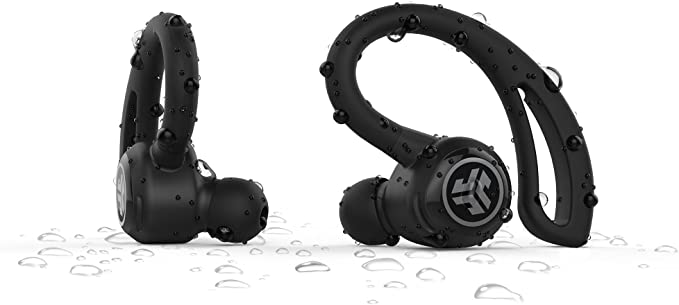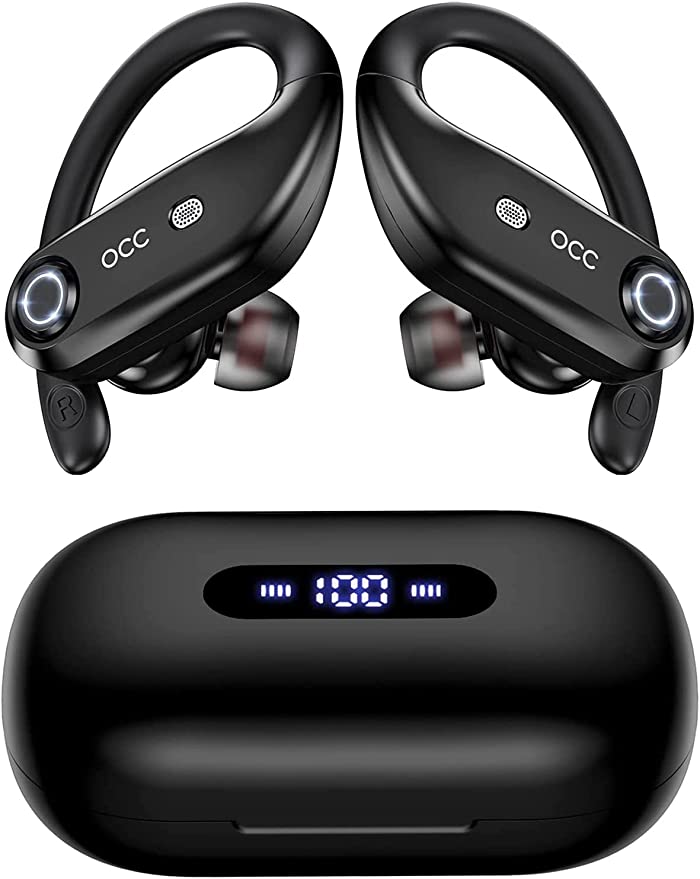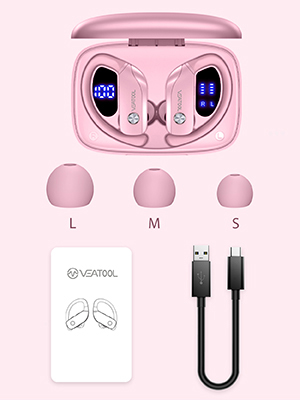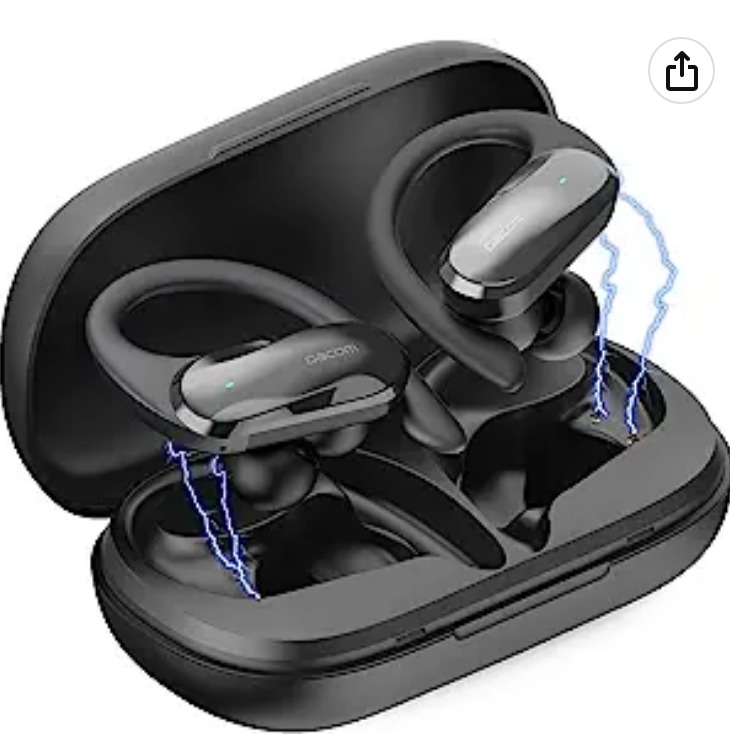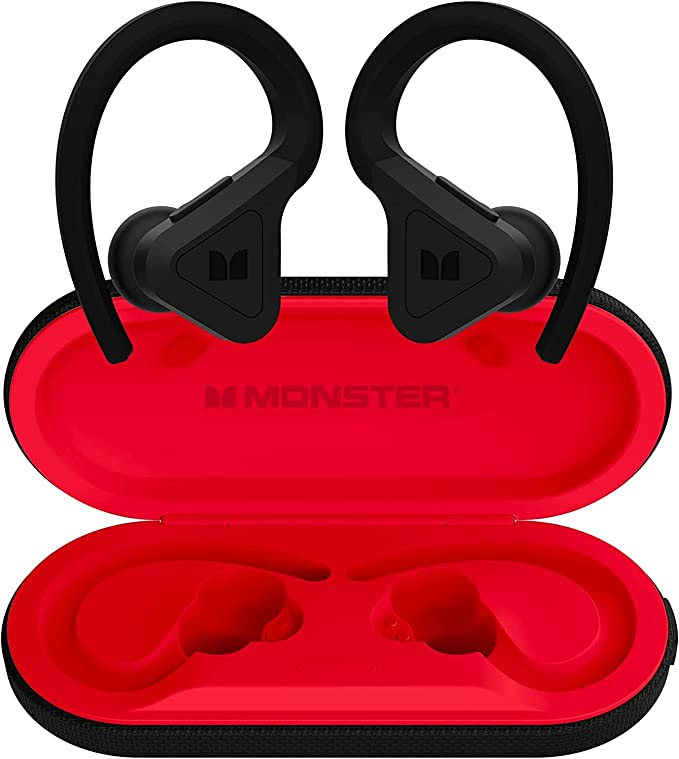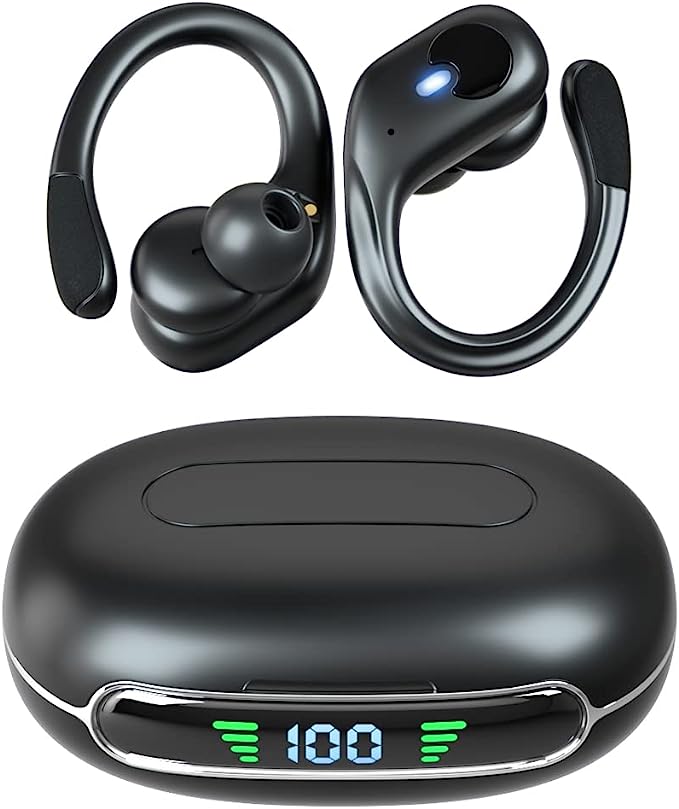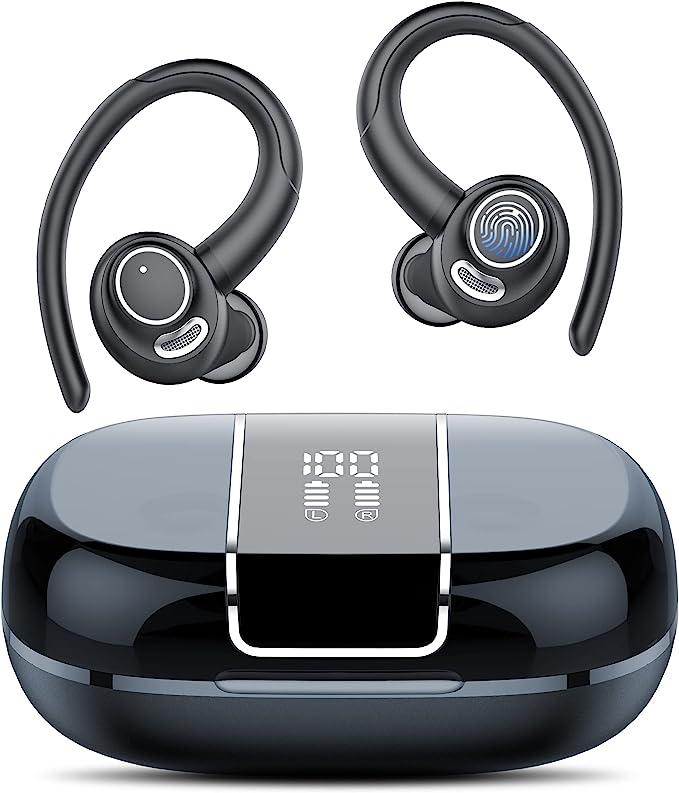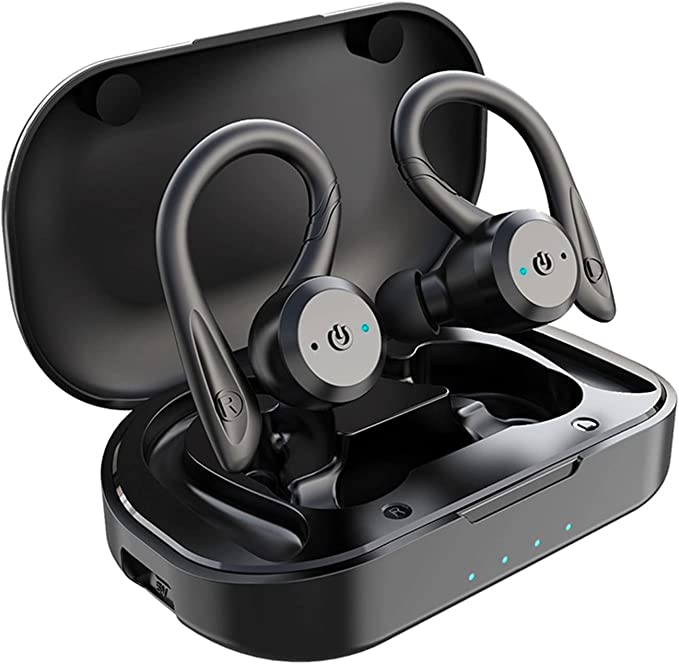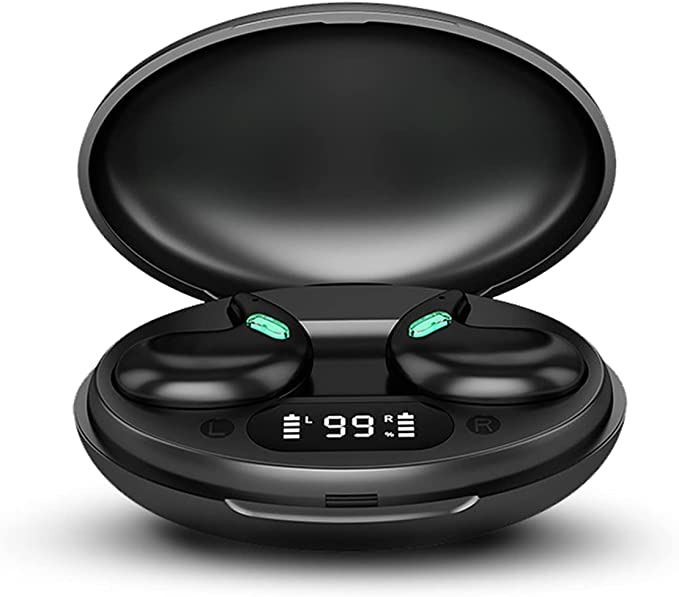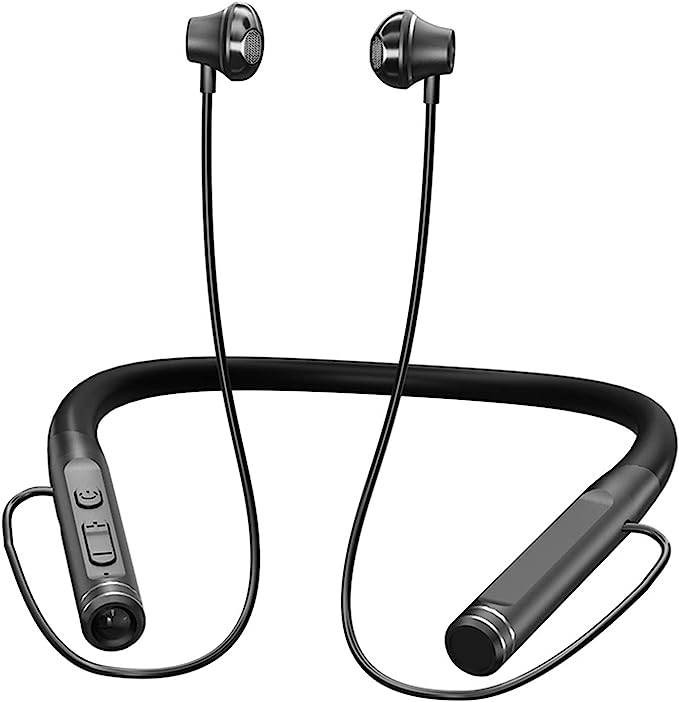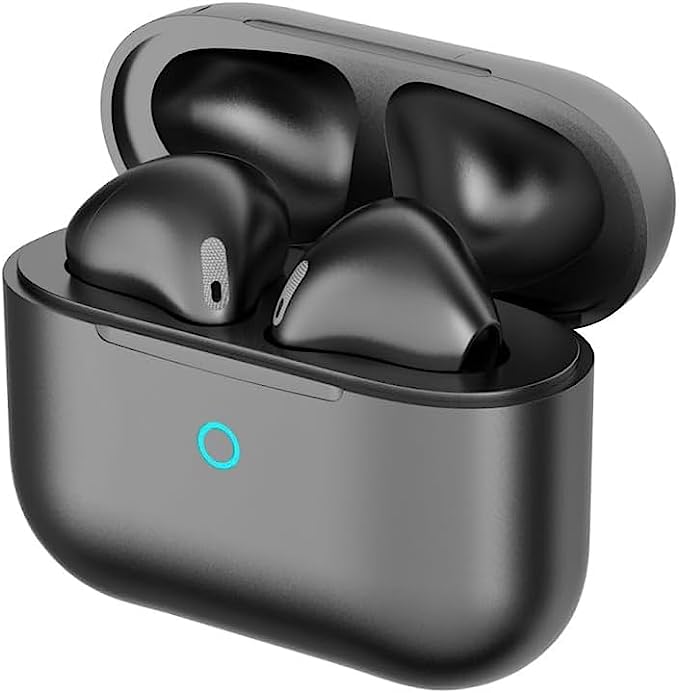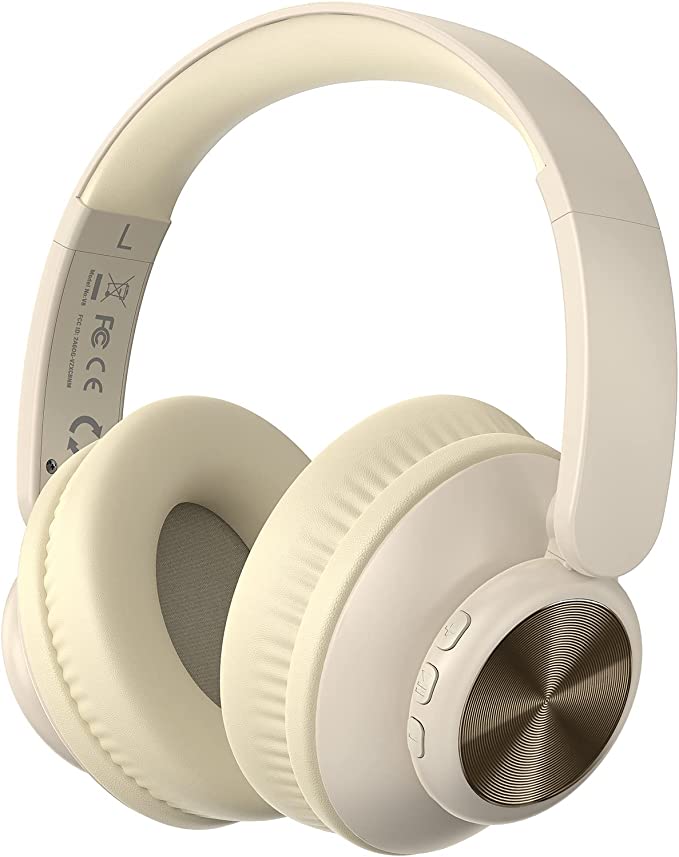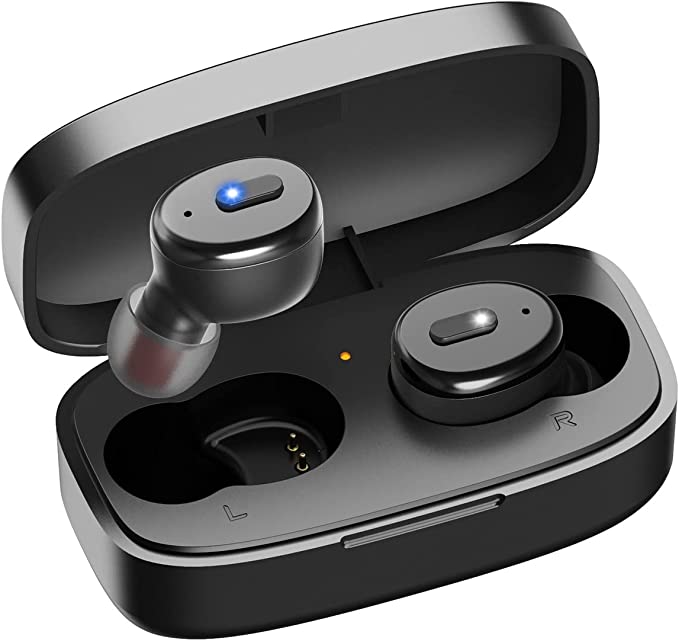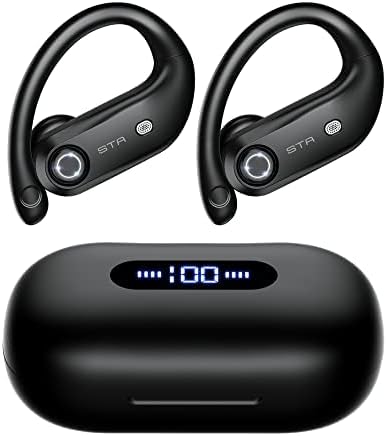The 'Workout-Proof' Litmus Test: A Guide to Earbuds That Actually Survive
Update on Nov. 14, 2025, 9:42 p.m.
For any athlete, the greatest sin of their gear is betrayal. It’s the shoelace that comes undone mid-sprint, the watch that dies before the finish line, and most infuriatingly, the earbud that tumbles to the pavement, shattering a hard-won state of flow. In these moments, our high-tech equipment reveals itself as a fragile accessory, not a reliable tool.
A true sport earbud is engineered with a different philosophy. Its primary mission is not merely to play music; it is to survive the profoundly hostile environment of a workout. To earn a place in your gym bag, it must pass a grueling three-part litmus test—a trial of stability, durability, and endurance. By understanding this “engineering of survival,” you can learn to distinguish a true training partner from a future piece of e-waste.

Trial 1: The Battle Against Motion (Stability)
The first and most immediate challenge is the relentless force of physics. Standard in-ear buds, relying on a single point of friction, are often no match for the g-forces of running or the explosive movements of plyometrics.
The engineering solution is the sport ear hook. This is not an aesthetic choice; it’s a biomechanical anchor. By wrapping gently but securely over the top of your ear, the flexible hook leverages your ear’s natural structure to create a robust, multi-axis lock. It counteracts the downward pull of gravity and the outward jarring of impact, ensuring the earbud remains securely in place. This is the absolute foundation of a “workout-proof” design. A product like the Suomi G37 Wireless Earbuds builds its entire identity around this principle of unshakeable stability.

Trial 2: The Battle Against the Elements (Durability)
The second enemy is more insidious: moisture. Sweat, with its corrosive salts, and unexpected rain are mortal enemies to sensitive electronics. The shield against this is the IPX5 waterproof rating.
Let’s decode this standard. An IPX5 rating certifies that the device can withstand sustained, low-pressure water jets from any direction. In real-world terms, this means it’s engineered to shrug off intense sweat and a heavy downpour without issue. While it doesn’t mean you can go swimming with them (that requires a higher IPX7 or IPX8 rating), it provides robust protection for almost any land-based activity.
But the true measure of durability is often found not in a lab test, but in real-world chaos. One user of the Suomi G37 shared a remarkable story of what they dubbed a “Becca-Proof” test. After losing an earbud in their yard for a week where it was exposed to rain, they found it in a pocket and unknowingly sent it through a full laundry cycle—washer and dryer. Astonishingly, it still worked perfectly. This is the ultimate testament to survival engineering. It’s a design so resilient it can withstand not just the intended rigors of a workout, but the unintended brutality of life.

Trial 3: The Battle Against Time (Endurance)
The final trial is a marathon of endurance. A battery that dies mid-workout is a failed piece of gear. Conquering “battery anxiety” is a story of a two-part engineering strategy: a massive fuel tank and a hyper-efficient engine.
- The Fuel Tank: The charging case acts as the central power station. A large-capacity case, like the one providing the G37 with a total of 48 hours of playtime, fundamentally changes your relationship with the charger. It’s no longer a daily concern but a weekly task.
- The Engine: A modern Bluetooth 5.3 chipset acts as the efficient engine. It sips power, maintaining a rock-solid connection while maximizing the energy from its battery. This allows the earbuds themselves to achieve an impressive 4-5 hours of continuous playback, with the case ready to refuel them for days to come.
A clear LED power display on the case serves as your indispensable fuel gauge, eliminating all guesswork and ensuring you always know how much endurance you have left.
Conclusion: A Tool Forged in the Trenches
In the world of sports, you need equipment you can trust implicitly. A true “workout-proof” earbud isn’t defined by its audiophile credentials, but by its ability to pass these three grueling trials of stability, durability, and endurance.
Features like a large 14.2mm dynamic driver for powerful, motivating bass and CVC 8.0 noise reduction for clear calls are the performance benefits you earn when you choose a device built on such a robust foundation. By learning to identify this “engineering of survival,” you can choose a device that moves beyond being a simple accessory and becomes what every athlete truly needs: a reliable, unbreakable training partner.



